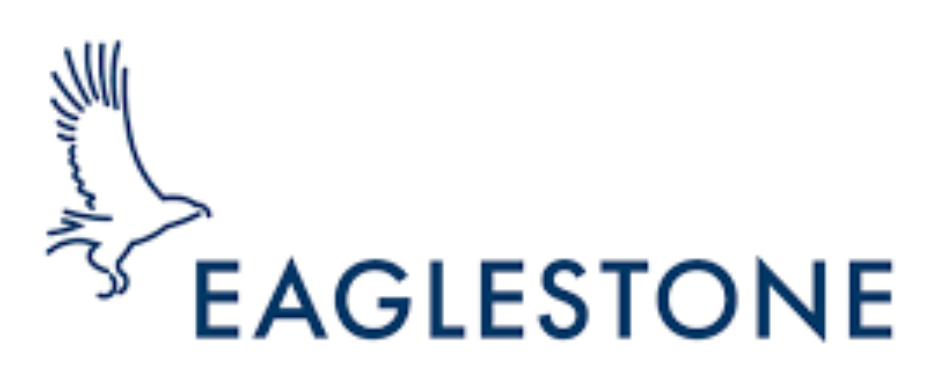My experience as a Strategic Consultant at SGS
In this article, Arthur EVERARD (ESSEC Business School, Master in Finance Program – Master in Finance, 2023-2024) shares his professional experience as a strategic consultant at SGS Spain, the largest certification and verification company in the world.
About the company
SGS is a leading inspection, verification, testing and certification company headquartered in Geneva, Switzerland. Founded way back in 1878, SGS has grown over the past 140+ years into a global powerhouse in its industry. Today, SGS operates an expansive network of over 97,000 employees located across 2,600 offices and laboratories around the world. SGS provides critical services to clients across a diverse range of industries such as agriculture, food, pharmaceuticals, energy, mining, and consumer goods. The key services SGS offers include quality control, safety audits, supply chain security, verification testing, and certification services aimed at minimizing risk, improving operational efficiency, and ensuring regulatory compliance for its clients. In 2021, SGS reported impressive annual revenues of CHF 6.1 billion, showcasing the scale and market-leading position the company has established. SGS trades its stock publicly on the SIX Swiss Exchange and has maintained a very strong market capitalization around CHF 20 billion as of 2022, highlighting the company’s value and the confidence investors have in its ongoing growth and performance.
My internship
My missions
During my intensive five-month internship within the strategic consulting division at SGS, I gained first-hand experience driving key projects to identify new market opportunities for SGS clients across priority industry verticals. Working closely in a team of five interns, we successfully pinpointed high-potential new market entries in the rapidly growing areas of e-commerce, renewable energy, and smart city solutions. For each of these technology-driven verticals, I made key contributions in researching the competitive landscapes, analyzing growth drivers and trends, and formulating data-driven go-to-market strategies tailored to the client’s specific capabilities and needs. In addition to the core project deliverables, I worked adaptively to address over 15 distinct requests from clients, customizing our recommendations and insights to align with their feedback and objectives. Moreover, I continually demonstrated my ability to operate effectively under tight deadlines and high-pressure situations, consistently delivering high-caliber final deliverables across the 5 core project milestones.
Required skills and knowledge
The comprehensive overview provided across SGS’s operations, my contributions, and the key metrics studied highlight the diverse mix of strategic, analytical, communicative, and execution skills that are foundational for succeeding in high-impact consulting roles. The ability to formulate data-driven market strategies, address shifting client needs, operate under tight timelines, and quantify engagement outcomes using metrics like churn rate, cost synergies and market share growth will all serve me well for future consulting positions.
What I learned
By actively participating in full consulting engagements, I expanded both hard and soft skills critical for delivering impactful solutions. On the hard skills side, I honed my PowerPoint and data visualization capabilities, along with sharpening my structured approach to framing issues and developing strategies. Regarding soft skills, I improved my communication and relationship-building abilities in order to understand clients’ needs and maintain alignment. I also boosted time management, project coordination, and adaptability competencies by driving progress across fluctuating priorities and deadlines. Most importantly, I gained invaluable understanding of how the consulting world operates, from how engagement scoping and staffing works to techniques for guiding clients toward data-backed decisions. This 360-degree exposure undoubtedly provides me with a strong experiential foundation for launching my career as a strategic consultant.
Business concepts related my internship
Three key metrics we evaluated for the consulting project were churn rate, cost synergies, and market share growth. Churn rate measures customer losses – a low churn indicates customer retention and satisfaction. Cost synergies track cost savings from mergers or process improvements. Market share growth shows expanded business in existing or new markets. These metrics demonstrate the success of growth strategies for clients like SGS.
Churn Rate
Churn rate measures the percentage of customers that stop using a company’s products or services over a given period of time. It is calculated by dividing customer losses by the total number of customers at the start of the measurement period. A low churn rate indicates customers are happy and sticking with the company’s offerings. High churn means customers are leaving and switching to competitors – a major warning sign. For consulting firms like SGS, monitoring churn allows them to evaluate client satisfaction post-engagement. Low churn means clients saw value in the insights and strategies provided by the consulting team. High churn could indicate ineffective solutions or poor client management.
Cost Synergies
Cost synergies refer to cost savings and efficiency improvements achieved by combining operations and streamlining processes after mergers, acquisitions or other business integrations. Quantifying cost synergies helps companies like SGS demonstrate the financial upside of inorganic growth through M&A. It shows tangible bottom-line impacts. Specifically for management consulting firms, cost synergies can be generated by consolidating back office functions, integrating IT systems, and leveraging shared services post-acquisition. High cost synergies boost profitability.
Market Share Growth
Market share growth reveals how successfully a company like SGS expands within its core markets or penetrates new high-potential segments. It is measured by comparing the percentage of total market sales or customers held by the company over time. Increases in share signal effective strategies. For consultancies, market share growth validates their ability to win new business and expand wallet share with existing clients through cross-selling and new service offerings. It highlights the competitive positioning and growth trajectory of the consulting firm within its addressable industry advisory market.
Why should I be interested in this post?
For those interested in consulting, this experience offers very relevant preparation and perspective into core aspects of the job.
Related posts on the SimTrade blog
▶ All posts about Professional experiences
▶ Snehasish CHINARA My Experience as an External Junior Consultant with Eurogroup Consulting
▶ Pranay KUMAR My internship experience junior consultant at ZEBOX
Useful resources
About the author
The article was written in December 2023 by Arthur EVERARD (ESSEC Business School, Master in Finance Program – Master in Finance, 2023-2024).




